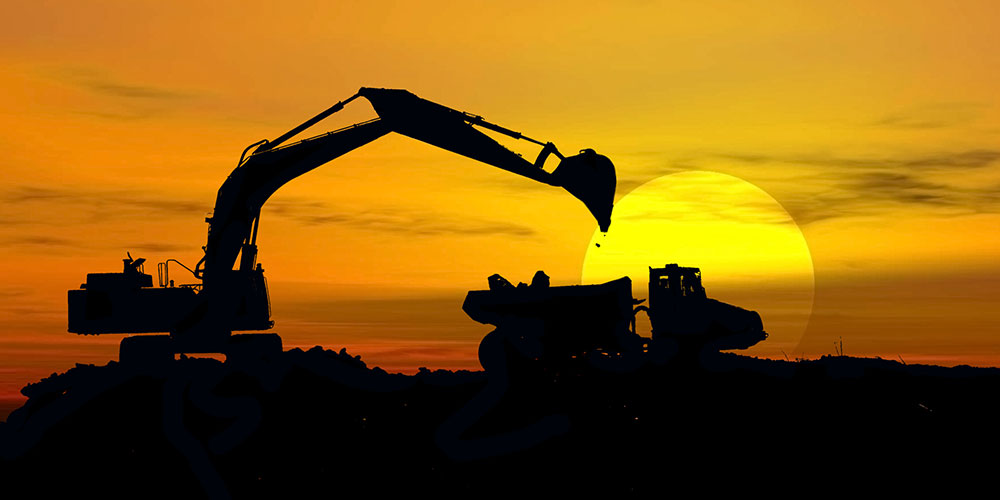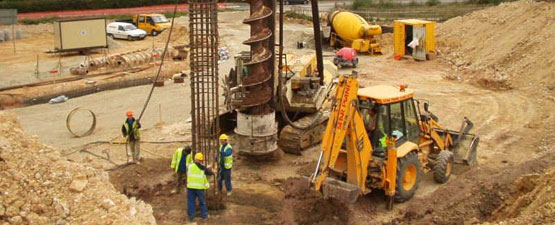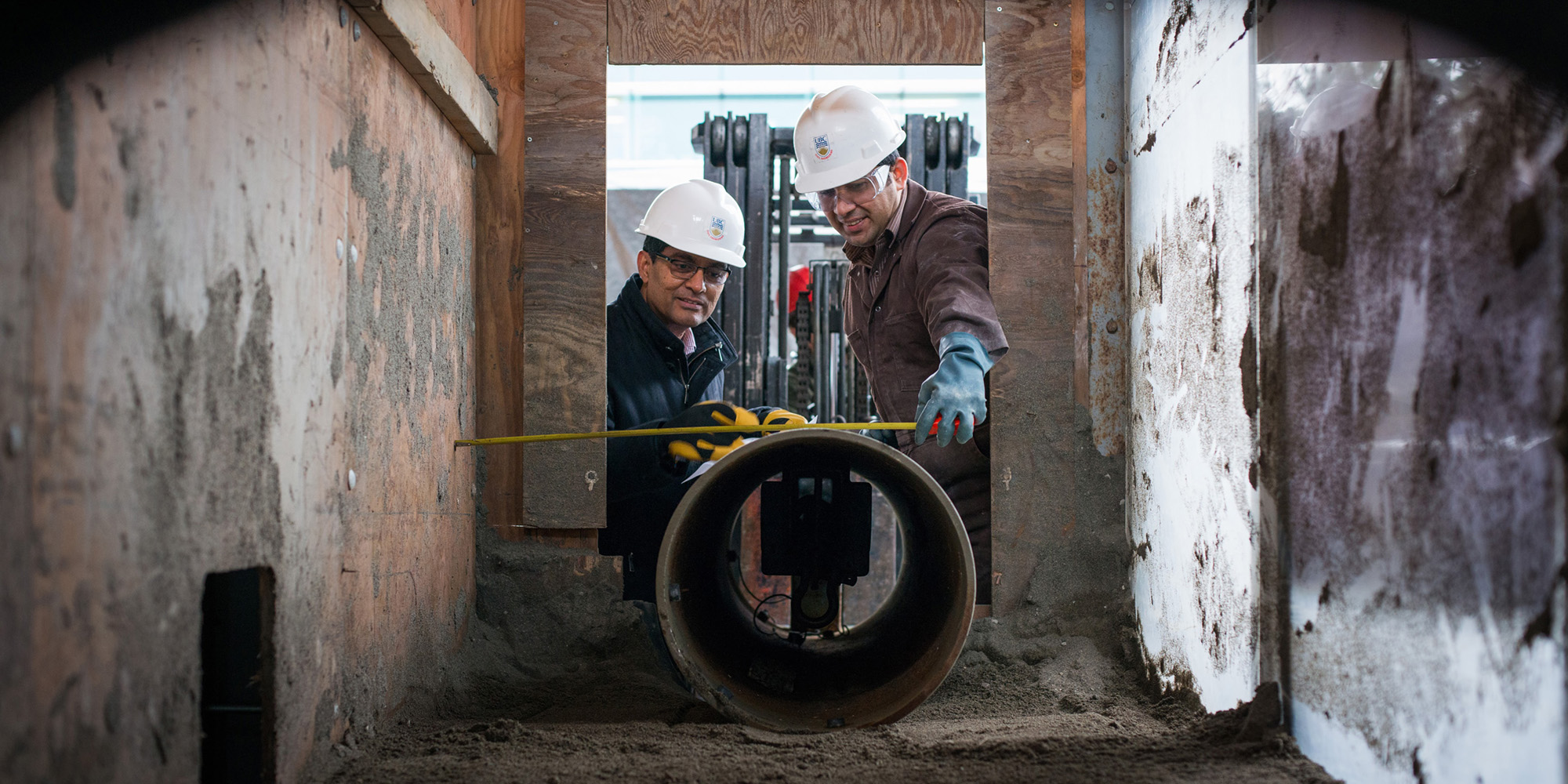Consulting Civil Engineering Companies Supplying Geotechnical Solutions
Consulting Civil Engineering Companies Supplying Geotechnical Solutions
Blog Article
Exactly How Consulting Engineers Enhance Geotechnical Engineering Projects: Insights Into Their Know-how, Methods, and Collaborative Approaches
Consulting designers are critical in improving geotechnical design tasks, applying their specialized expertise to navigate the intricacies of subsurface problems. Their joint methods foster interaction amongst diverse job stakeholders, inevitably shaping the job's trajectory.
Duty of Consulting Engineers
The experience of speaking with designers in geotechnical design is fundamental to the effective execution of building and construction projects. These professionals play a crucial role in evaluating dirt and rock residential or commercial properties, which are important variables influencing design and building decisions. By carrying out detailed website investigations, speaking with designers gather crucial data that notifies the layout procedure, making certain projects are built on stable and ideal ground.
Consulting engineers additionally provide indispensable insights right into risk administration (geotechnical geologist). They identify possible geotechnical threats, such as landslides, soil liquefaction, and negotiation issues, enabling stakeholders to apply effective reduction approaches. Their know-how aids in maximizing foundation styles, which can bring about significant cost financial savings and enhanced security
Additionally, speaking with engineers act as an essential link between project owners, architects, and professionals. Their capacity to convert complicated geotechnical data right into workable referrals promotes collaboration and facilitates informed decision-making throughout the project lifecycle. This multidisciplinary method not just boosts job performance yet likewise makes certain conformity with regulatory standards and best methods.
Secret Methods in Geotechnical Design

One key method is website examination, which entails performing area tests and lab analyses to collect information on subsurface problems. Strategies such as Requirement Infiltration Testing (SPT) and Cone Infiltration Screening (CPT) are extensively utilized to assess soil stratigraphy and strength. Furthermore, geophysical approaches, including seismic and electrical resistivity surveys, supply non-invasive methods to evaluate subsurface characteristics.
Another crucial methodology is mathematical modeling, which enables designers to simulate numerous situations and predict exactly how soil-structure communications will certainly act under various loading conditions. Finite Component Evaluation (FEA) is a common strategy utilized in this context.
In addition, the design of structures, retaining frameworks, and earthworks relies greatly on these methods - geotechnical geologist. By integrating sophisticated logical tools with field information, speaking with engineers can create tailored solutions that deal with details project difficulties, eventually adding to the security and safety of construction projects
Importance of Dirt Evaluation
Dirt analysis acts as a fundamental component in geotechnical design, giving crucial understandings into the physical and chemical properties of soil essential for effective construction planning. Comprehending dirt characteristics is vital for establishing its load-bearing capability, drain habits, and capacity for settlement or instability. Comprehensive soil investigations, consisting of sampling and laboratory testing, aid determine specifications such as soil type, wetness material, thickness, and shear toughness.
These evaluations inform the option of appropriate building strategies and products, inevitably influencing project security and durability. Natural soils might need various structure layouts compared to granular dirts, requiring tailored engineering options. In addition, soil evaluation help in determining contaminants that could position dangers to human health and wellness or the atmosphere, permitting the growth of reduction approaches.
Incorporating dirt evaluation right into the early additional resources stages of task growth aids to minimize unpredicted difficulties, making sure that engineers can anticipate and resolve prospective concerns before they escalate. By establishing a detailed understanding of the site conditions, speaking with engineers can enhance design effectiveness and minimize costs, consequently improving the overall success of geotechnical design jobs.
Joint Methods in Jobs
Successful geotechnical tasks typically depend upon collaborative methods that bring together varied proficiency from various techniques. Efficient partnership among getting in touch click resources with designers, geologists, ecological scientists, and construction specialists is important for addressing complex difficulties and optimizing project end results. By leveraging the special abilities and understanding of each staff member, jobs can profit from an alternative understanding of the website problems, regulatory requirements, and design constraints.
Normal interaction and interdisciplinary conferences assist in the sharing of understandings and foster a culture of synergy. These collaborative efforts make it possible for the recognition of prospective threats early in the job lifecycle, permitting for timely mitigation approaches. Furthermore, including responses from stakeholders, consisting of neighborhood neighborhoods and regulative agencies, ensures that all viewpoints are considered, enhancing project acceptance and conformity.
Additionally, the integration of sophisticated modern technologies, such as Geographic Information Systems (GIS) and Structure Info Modeling (BIM), additional improves partnership. These devices enable for the real-time sharing of information and visualization of geotechnical conditions, advertising informed decision-making. Ultimately, a collective strategy not only simplifies job execution however also lays the foundation for ingenious remedies to complex geotechnical design challenges.
Effect On Job Outcomes

Consulting designers utilize advanced methods such as danger analysis and anticipating modeling, which enhance the accuracy of project forecasts. Their capability to incorporate cutting-edge modern technologies, like geotechnical instrumentation and data analytics, further improves the style and building and construction processes. Consequently, jobs experience boosted efficiency, reduced prices, and decreased delays.
Moreover, fostering effective interaction and collaboration among group participants boosts analytical capabilities. When difficulties emerge, a united front enables swift recognition of remedies, protecting against possible setbacks. Eventually, Click Here the collaborative initiatives of speaking with engineers add to better results, making certain that tasks satisfy both regulative standards and customer assumptions.
Final Thought

Report this page